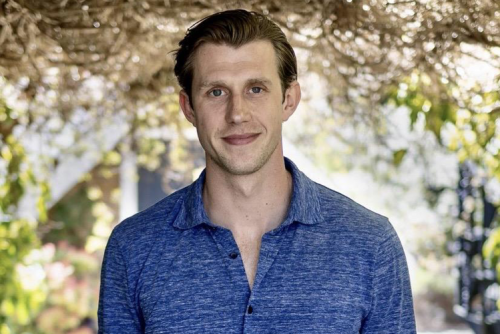How supporting workplace wellbeing enhances employee performance

By Jack Green, head of performance at Champion Health

People are returning to their workplaces, but I have a slight trepidation about falling back into the previous ‘norm’ where so many people felt compelled to sacrifice their wellbeing in order to hold down the job they’ve worked so hard for.
We just cannot and should not go back there again for the sake of everyone’s wellbeing; which is unequivocally linked to their performance.
One positive thread throughout the lockdown periods was that workplaces saw first-hand that productivity can still be high when people work remotely. And that their teams can support each other well even when not face-to-face, as long as they are given the autonomy to do so. Now it’s about employers thinking creatively and honestly about how to weave that flexibility into working patterns while still returning to workplaces in some shape or form.
I’m pleased that many more organisations are now having the critical conversations that allow team members to recognise what’s best for their mental and physical wellbeing. If there’s one positive to take from the torrid time so many people have endured since March 2020, that’s it for me.
Productivity and performance is always going to be key for any organisation. But in my view, these attributes absolutely go hand in hand with wellbeing. You cannot have one without the other. The question is: how do we bridge the gap between the two?
I’m an Olympian – now retired from the track – and throughout my time in elite sport, I learnt many lessons about the links between wellbeing and performance, but these lessons don’t just belong on the running track. They apply to every human being, in every role they play, be that as an employee, a colleague, a parent, or a friend.
That’s why it’s incredibly important, at this juncture of change and re-shaping, that businesses put in place a thorough workplace wellbeing framework. One that allows every employee to be well supported, able to raise concerns and thrive in their professional lives.
At Champion Health, we work with businesses of all sizes to implement strategies and provide a platform which provides enhanced health and wellbeing outcomes for employees. I’m really proud to share that we’ve had a record-breaking quarter for client enquiries because this shows that businesses are taking this investment of money and time seriously for the good of their teams. And that, for me, must be a sign of great things to come for employees who may have previously felt their wellbeing wasn’t a priority.
We work alongside businesses to implement a strategy that suits their needs most, including a platform where employees can get direct and quick help. Employers can be as ‘hands-on’ as they choose and our support can be tailored. But underpinning it all is the desire for organisations to do the ‘right thing’ by team members because they see how a well-thought-out wellbeing strategy is hugely beneficial.
We have a team of more than 100 professionals, including GPs and world-leading academics at Champion Health who have specifically created solutions designed for every workplace. It’s been fantastic to see the use of our platform rise in recent years. It’s a hugely powerful tool to embed better working practices; which ultimately will allow employees to be more productive and perform well.
With this in mind, I’d like to share three of my top tips and personal experiences of bridging the gap between wellbeing and performance in the workplace:
1. Remember that team members need to focus on the personal for the professional to thrive
My time in elite sport has taught me one thing above all others: a happy athlete is a fast athlete. Just as a happy athlete is a fast athlete, a content employee is a productive one.
Try as we might, we cannot fully separate our wellbeing from our professional performance. Any struggles in personal life will filter through to professional life. This means that prioritising work at the expense of wellbeing is counter-productive. Instead, employees should be supported to focus on their wellbeing, to lay the foundations for high performance.
This could be something as simple as making sure they feel capable of carving out time for self-care every day. If the human part of your team is thriving, then the professional part will too.
2. Measure effort, not results
It’s tempting for people to constantly measure results. For a long time, that’s all I measured myself by. The problem is that people are unlikely to achieve their desired outcomes every day. For whatever reason, some days are just rubbish and it feels like a struggle to get going. When these days happen, people are almost certainly going to perform below peak.
Therefore, if only results are measured, people will have some highs, but also are guaranteed to have some lows as well. These fluctuations make it impossible to stay consistent, which is what high performers are always striving for.
To find this consistency, judge effort. Effort understands that people are humans who don’t always have 100% in the tank. People always talk about achieving, rather than just trying. But if a person is trying their best and giving 100% effort, that’s enough on any given day; regardless of the result.
When they achieve this consistency, life will become a high-performance plateau. I learnt this from training with some of the best athletes that have ever lived. They were not superstars every day. They were just consistently showing up and giving it their all.
3. Failure is a non-negotiable part of success.
Fear of failure is just a fear of learning. I never wanted to fail, so I just avoided the situations where I might. I told myself I didn’t need to do those things, but in reality I was just scared of getting something wrong; of failing.
Leaders should encourage teams to view failure as a way to reflect on what went wrong in order to words towards it not happening again. Build a thriving culture, where employees are using failure to drive continued improvement.
For more information, visit https://championhealth.co.uk









